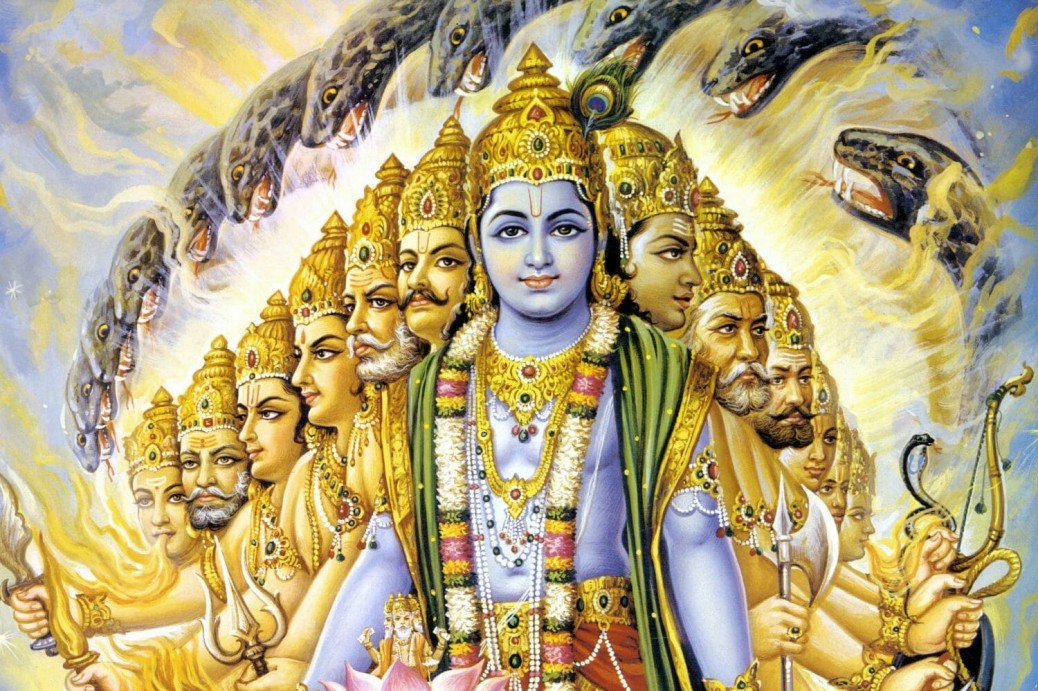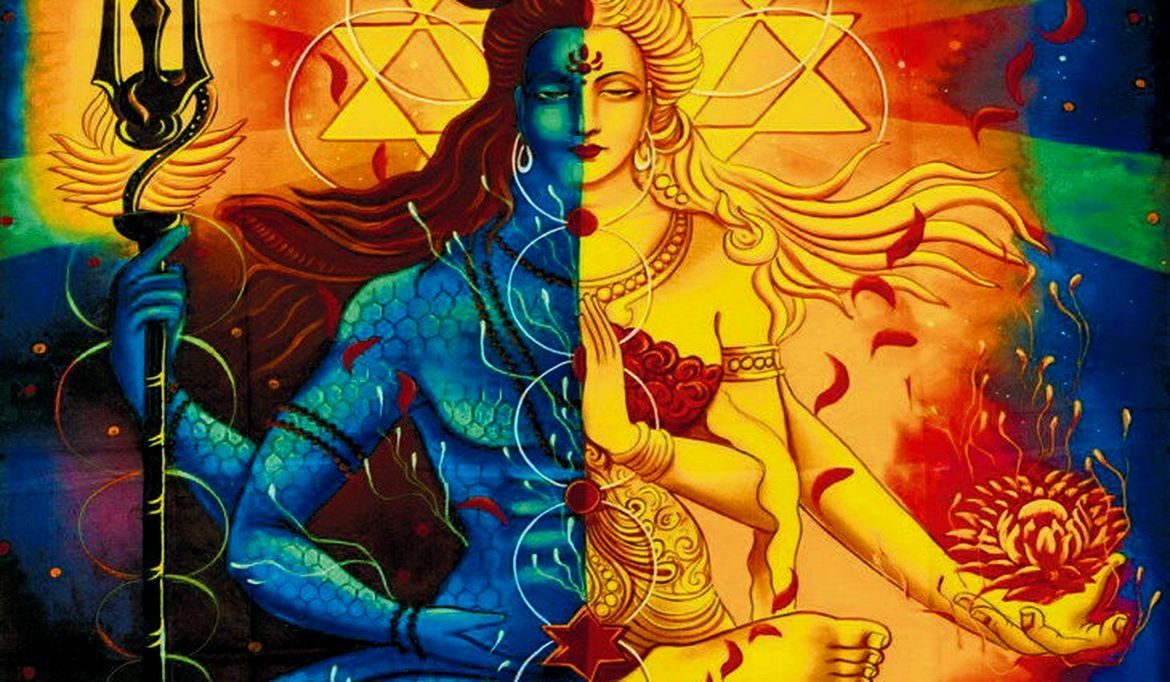Existence Is Motion – In Gita Verse 13.30 One who can see that all activities are performed by the body, which is created of material nature, and sees that the self does nothing, actually sees.
Krishna’s Dialogue on Motion and Restfulness: Navigating Existence and Consciousness
In the sacred verses of the Bhagavad Gita, Krishna presents a profound philosophy: the self is not the doer. This perspective initiates a thoughtful journey into the essence of existence, characterised by perpetual movement – a ballet without end.
Yet, this understanding should not lead us to consider stillness as the ultimate truth. Periods of rest serve a function, but if we elevate them as our entire reality, we betray the dynamic nature of life, embracing a stillness akin to darkness and obscuring the light’s vitality.
Consider the static quality of darkness; it is an omnipresent backdrop, not venturing forth but existing in a latent state, revealed only in the absence of light. It exists even amidst luminance, unseen yet ever present.
Within the conscious actions of a transcendent figure like the Buddha, there is a pervading stillness – a calm that lends beauty and poise to every movement.
The wisdom of the ancients warns us, “In complete darkness, an abyss is dreadful.” Meditation, then, is not a division or a withdrawal from life. Instead, authentic meditation is inclusive. It reshapes us, altering the way we witness the world, leaving nothing behind.
The Tao Te Ching indeed poses a challenge: “If you take the moving state as the right one, all plants and straws can move. Are they Tao?” Thus, it reminds us that motion and stillness lack inherent value, akin to the elements of wind and earth. To pursue one in search of ultimate understanding invariably leads us to encounter its counterpart.
Krishna offers clarity to those who truly perceive; they see the inevitability of change: day yields to night, life to death, and back again. To grasp firmly to the impermanent is futile – as all states inevitably transform.
The Tao Te Ching illuminates this principle, ‘It is like a fish concealed in the water, creating ripples on the surface.’ The wise understand how to navigate both motion and stillness, yet those aligned with the Tao transcend these conditions altogether.
And so, you are – the essence of being.
Absent of motion, the concept of stillness dissolves. For you, the observer, these contrasts lose their meaning.
The true nature of your being – as the observer – is purely existential, unstirred by waves of time or change. Meditation that fails to lead you into this state of pure witnessing may be astray. Should your meditative journey entice you toward any figure of divinity, consider it a mirage. If you encounter a being, even as revered as Jesus Christ, the Zen teachings of Rinzai urge you to remain unswayed – your path is one of awareness, not idolatry.
Krishna’s instruction is crystal clear: surpassing all is the inherent truth of your own awareness, a current within the great expanse of the universe.
Tags: Existence Is Motion




